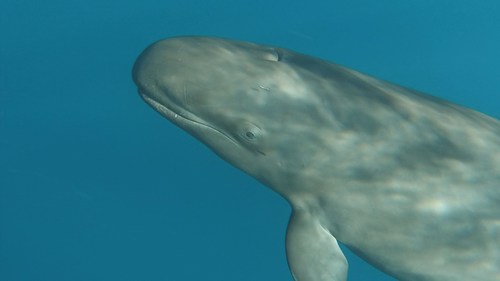
False Killer Whale
Meet the Pseudorca crassidens, or false killer whale, a sociable marine mammal with a sleek, dark body. Found in warm oceans, it forms tight-knit groups, skillfully hunting fish and squid. Notably, it shares prey with pod members, showcasing remarkable social cohesion and intelligence within its oceanic realm.
1814.37 kg
Weight
Length: 6.096 m
Size
Grey, Black, White
Color
18 mph
Top Speed
Near Threatened
Conservation Status
Unknown
Population Trend
Characteristics
The Pseudorca crassidens, commonly known as the false killer whale, is a large oceanic dolphin found in tropical and subtropical oceans worldwide. It is known for its elongated body, rounded head, and dark coloration. This species exhibits complex social structures and is known for its cooperative hunting tactics.
Distribution Range of the False Killer Whale
Pseudorca crassidens, commonly known as the false killer whale, is found in warm and temperate oceans worldwide, including the Atlantic, Pacific, and Indian Oceans. It is also observed in the Mediterranean Sea and the Red Sea. Their distribution is primarily in deep offshore waters, but they can occasionally be seen in shallower coastal areas.
False Killer Whale's Habitat
Environmental Conditions
False killer whales prefer deep oceanic waters and are typically found in temperatures ranging from 18 to 24 degrees Celsius. They are most commonly associated with tropical and subtropical regions but have been recorded in temperate waters as well.
Ecological Niche
As apex predators, false killer whales occupy a high trophic level within the marine ecosystem. They feed on a variety of marine life, including fish and squid, and are known to hunt cooperatively. They exhibit social behaviors and are often seen in pods, which can range from a few individuals to over 100. Their role in the ecosystem includes regulating the populations of their prey species, thus maintaining a balance within the marine food web.
Copyright @ Nature Style Limited. All Rights Reserved.
 English
English